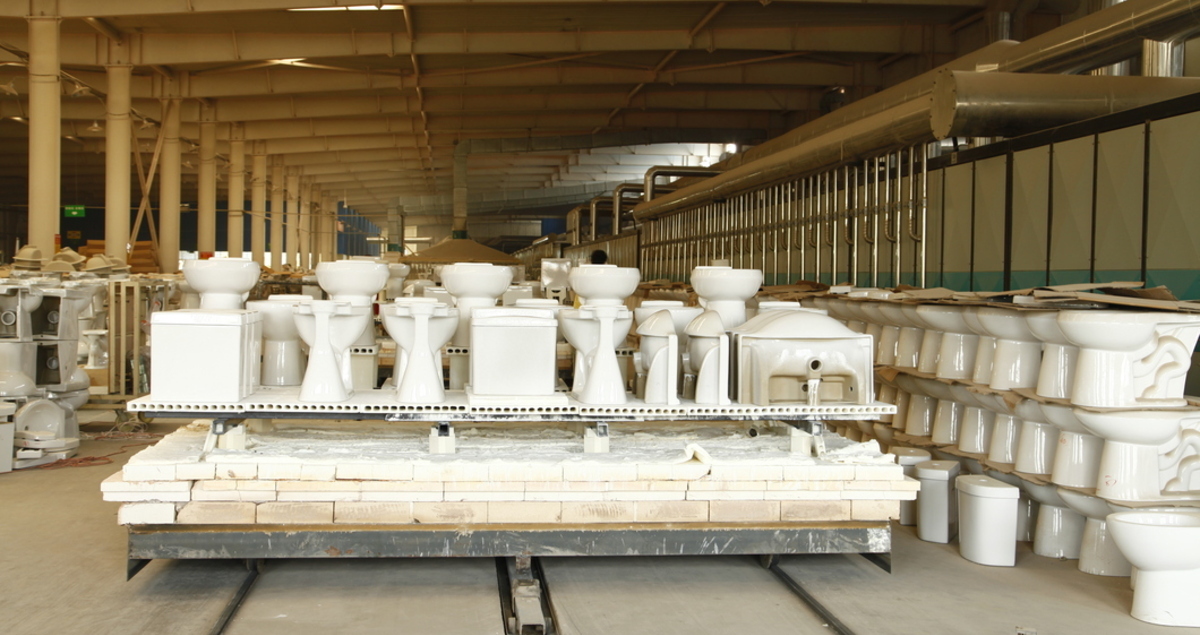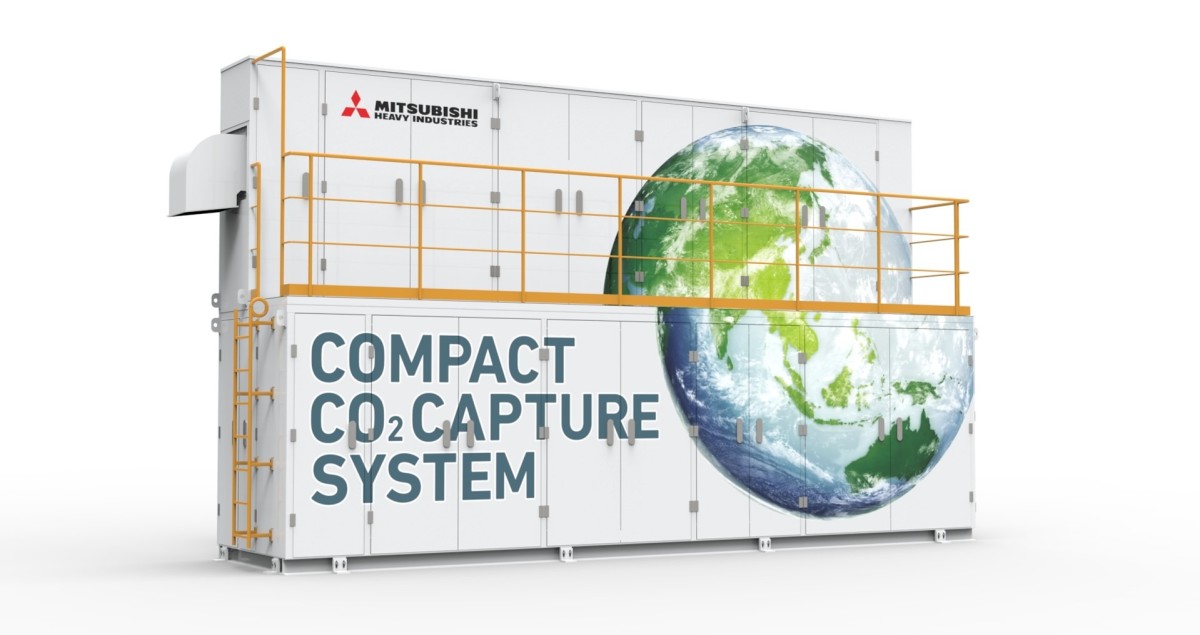Why compact CO₂ capture systems are key to decarbonization

The race to net zero emissions by 2050 places a heavy burden on industry to redouble its efforts to decarbonize. Alongside renewable energy sources, technologies for capturing carbon dioxide (CO₂) will be at the heart of these efforts.
To date, the amounts captured are small: there were only 26 commercial-scale CO₂ capture operations globally at the end of 2020, extracting just 40 megatonnes per year. This means that captured volumes will have to increase nearly 200-fold, to 7.6 gigatonnes, to meet the Paris Agreement’s decarbonization targets for 2050, the International Energy Agency (IEA) has calculated.
A compact CO₂ capture system under development at Mitsubishi Heavy Industries (MHI) Group could help fast-track the adoption of CO₂ capture, utilization and storage (CCUS) by making the technology more readily available to small and medium-sized companies.
Making CO₂ capture viable for smaller and medium-sized companies
Most of the CCUS systems in operation are of a significant scale — both in size and price — and are led by large industrial players in steel and power generation. Cost remains one of the biggest barriers to wider adoption of the technology, the IEA says.
And if large organizations already struggle, what about heavy emitters in industries that are largely made up of small and medium-sized enterprises (SMEs)? The amounts of CO₂ they generate individually are too low to warrant the large-scale capture systems deployed to date, and they don’t have the resources to make large capital investments in the technology.
The concept of a compact CO₂ capture system addresses both of these issues.
The system is made from standardized components, allowing for lower hardware costs. It is about the size of a shipping container, meaning it can be produced, transported and installed easily and quickly on a factory site, cutting construction cost and time. What’s more, the company using it can start capturing emissions promptly to meet regulatory demands.
The compact CO₂ capture system is ideally suited to applications that generate 60-100 tonnes of CO2 per day (large commercial sites can produce more than 200 tonnes per day). And it works well at automobile factories and waste-to-energy, ceramics, pulp and paper, and rubber plants, to name just a few applications.

Building the CCUS value chain
Another deal-breaker for SMEs is that the technology is far removed from their core business. This means they have little capacity to operate and maintain CO₂ capture systems, never mind figure out what to do with the onward treatment of sequestered carbon dioxide.
One solution is outsourcing installation, operation and maintenance to an expert third party. MHI envisages offering its compact CO₂ capture systems as a managed service, which will include the handling of captured CO₂. This could be by storing it or using it for industrial applications, for example in the manufacture of synthetic fuels and plastics.
Enabling SMEs to pay for CCUS incrementally and to outsource operation and maintenance could be an important step toward democratizing CO₂ capture technology. Alongside approaches such as developing CCUS hubs with shared infrastructure to make the technology viable for SMEs, this could achieve not one but two critical goals for global decarbonization.

Fast-tracking decarbonization
The first goal is to rapidly scale CO₂ capture. Despite the multitude of government pledges around COP26, the world is still far from hitting its target of limiting global warming to 1.5°C by achieving net zero emissions by 2050. Boosting CCUS use could help accelerate the path toward this by enabling industry to make more significant cuts to emissions more quickly.
The second aim is to create a positive CCUS value chain where sequestered carbon is channelled to where it is needed. By building a holistic CO₂ market, what is currently a liability can be turned into an asset.
This involves creating not only the physical infrastructure to transport CO₂ to onward applications, but also digital platforms for carbon trading such as CO2NNEX — a joint venture between MHI and IBM — that bring buyers and sellers together.
Building a CO₂ ecosystem that interconnects large industry players with SMEs means that CCUS and its associated technologies can be made more accessible and viable, bringing us closer to net zero emissions by 2050.
Discover more about MHI’s activities in CCUS





